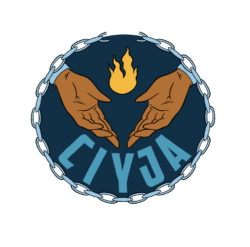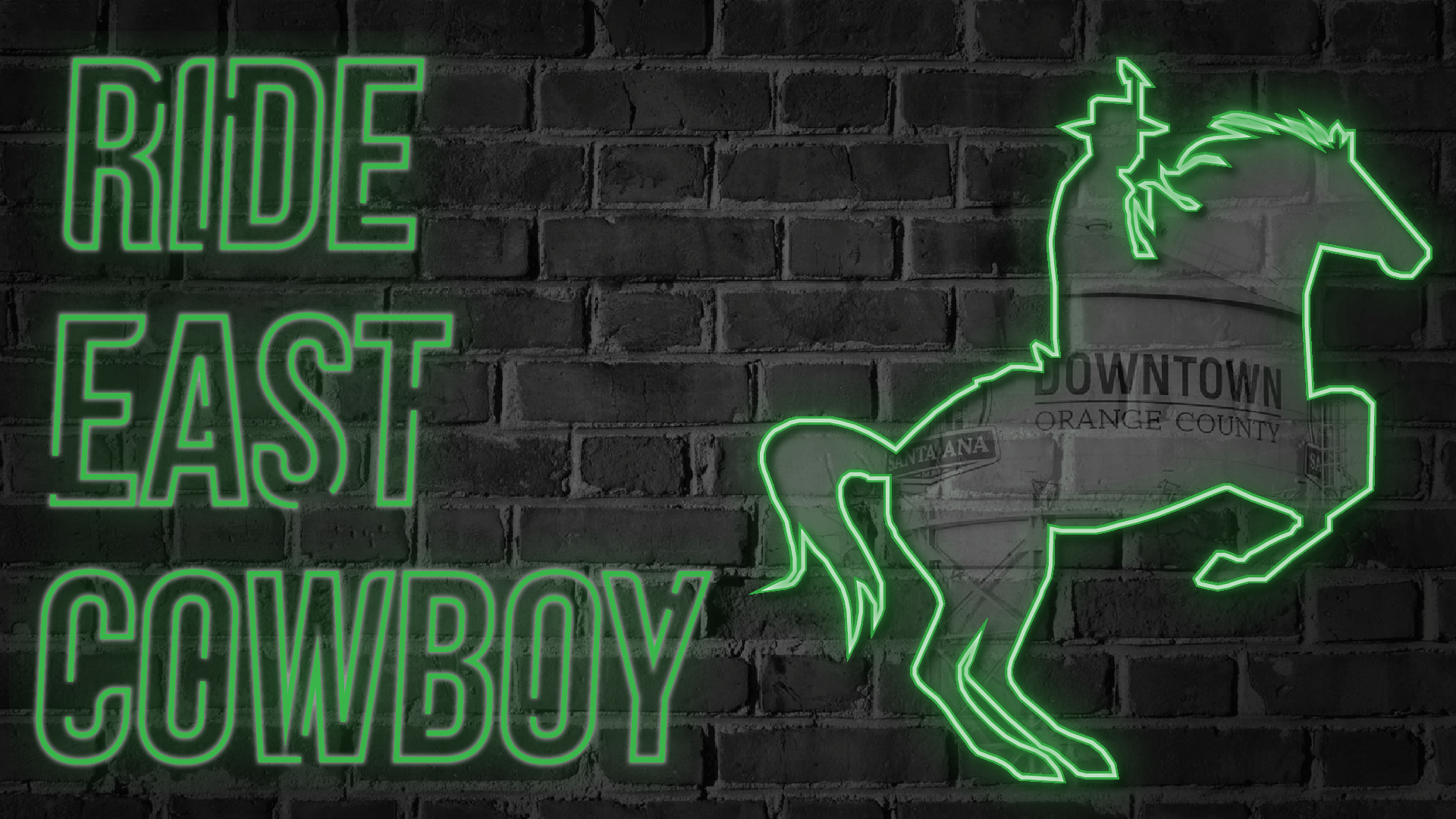[vc_row full_width=”stretch_row_content_no_spaces” content_placement=”middle”][vc_column css=”.vc_custom_1525199274516{margin-bottom: 0px !important;border-bottom-width: 0px !important;}”][vc_single_image image=”1325″ css_animation=”fadeIn” alignment=”center” style=”vc_box_shadow”][/vc_column][/vc_row][vc_row full_width=”stretch_row_content_no_spaces” content_placement=”middle”][vc_column width=”1/6″][/vc_column][vc_column width=”2/3″ css=”.vc_custom_1525199482691{margin-top: 10px !important;border-top-width: 10px !important;}”][vcex_heading text=”by SANDRA DE ANDA” style=”bottom-border-w-color” tag=”h2″ italic=”true” text_align=”right” font_family=”Crimson Text” font_weight=”normal” text_transform=”none” color=”rgba(9,30,20,0.55)” css=”.vc_custom_1560616864973{padding-right: 25px !important;padding-left: 25px !important;}” font_size=”14″ inner_bottom_border_color=”#777777″][vcex_heading text=”MAY 16, 2018″ tag=”h2″ text_align=”right” font_family=”Crimson Text” font_weight=”normal” text_transform=”capitalize” color=”rgba(9,30,20,0.55)” css=”.vc_custom_1526446958306{padding-right: 25px !important;padding-left: 25px !important;}” font_size=”14″][vcex_spacing size=”15px”][vc_column_text css_animation=”none” font_family=”Crimson Text” css=”.vc_custom_1560624527373{padding-right: 25px !important;padding-left: 25px !important;}” font_size=”d:16|tl:16|tp:16|pl:16|pp:16″]“Today is seemingly quiet,” thinks Samantha to herself, as she sips her soy green tea latte at a local coffee shop. She shrugs and thinks nothing of it. She had just come back home to Santa Ana after graduating from college with the Class of 2045. At the coffee shop she peers over someone’s shoulder, because she hadn’t seen anyone read a newspaper before. The man being peered over noticed, chuckled to himself, and said under his breath, “It’s vintage, you know.” The NYT Headline of the Newspaper Reads: “This City is 10% Latino Now, and The Face of a New California: Santa Ana, in Orange County, has an all Latino City Council and Stands in the Vanguard of a California Where Latinos Have No Influence in their Everyday Lives.” Samantha is taken aback by the headline, almost coughing up her drink. She runs out of the coffee shop heading to her parent’s apartment with her luggage in tow. As she continues to run to the nearest bus stop, she realizes there are no bus stops. There are only bird scooters. On one of the nearest buildings, she sees a poster with a green parrot graphic that reads, “Bounty of $100 for each parrot caught alive.” She looks up and realizes that these winged beasts are no longer speckled on the telephone lines. They are gone.
She tries grappling with this new knowledge, by investigating what other changes have unfolded in her hometown. She tries to see if she can still find the edifice that casts the longest shadow: the Watertower. She looks north, shielding her eyes from the sun, and finds out that in its place is a gigantic plasma television blaring commercials. “Head East!” Blares one commercial, depicting a big neon mustachioed cowboy riding a horse with covered wagons behind him. “It is your destiny! Free shuttles to Riverside and Moreno Valley every hour, every day, except for Sunday (we’re having brunch!)”
“Es un verano silenciosa, el nido está roto. Es un verano silenciosa, el nido está roto,” the wind whispers to Samantha.
This has not happened — yet. And it may not unfold in this particular way for what I have depicted is gross hyperbole, but some sentiments of which I have depicted above are happening. The stories of our communities are palpable when our history is cherished. They may be the only remnants that linger once many of us get displaced during a rabid process of gentrification, which is why I’ll tell you a little bit about the three generations of my family.
* * *
My grandmother Berenice and my grandfather Antonio met in downtown Santa Ana in the 1950s. My grandmother had just gotten out of a tumultuous marriage back in Sinaloa. She lived in a pueblo that can only be compared to Juan Rulfo’s depiction of Comala in his work Pedro Paramo: “That town sits on the coals of the earth, at the very mouth of hell. They say when people from there die and go to hell, they come back for a blanket.” Her tia told her to cross over, to leave her marriage behind and live with her in an apartment close to downtown. Crossing back then, my grandma says, was not difficult. You just used a citizen’s ID, fell asleep in the car so the border official wouldn’t question you, he’d try to match a face with an ID, (all sleeping brown faces look the same to them) and then BAM! you wake up in the US. Santa Ana is only two hours away from the border, so she was home before she knew it. My grandmother raves that Santa Ana had a vibrant Mambo dance scene in the 1950’s. The city of Santa Ana was in full swing; the wave of McCarthyism could not touch the hottest clubs playing Perez Prado, Tito Puente, and Tito Rodriguez. My aunt advised my grandmother from going to the clubs saying that she would fall in love with another tall stranger who would destroy her life all over again. Eventually she did go to the club and eventually she did fell in love again, with a tall man from Zacatecas, which spurred this monstrosity of a life that can only be tamed by my grandmother’s tongue.
The couple returned back to Sinaloa, because there was land back there and my grandmother wanted to emancipate herself from her aunt’s judging eyes. She birthed 4 children in the pueblo of La Concha in the late 1960s into the 1970s, where men would hop buses thinking 400 pesos will be more than enough for the journey to the US. These men and their crumpled up Sor Juana Ines de la Cruz bills were never seen again. Then she birthed four more children in Santa Ana years later. The last child of the litter was my mother, named after the protagonist of a Cuban-Mexican film named, “Sandra, La Mujer de Fuego.”
My grandparents traveled back and forth from the pueblo to the city over a period of 15 years. On the 14th year of this traveling period, my mother ran away from home. My grandfather had created an empire that brought violence unto the family, and my mother wanted no part of it. She ended up meeting my father that same year at an 80’s club in Buena Park. (Everytime my dad and I drive past Knott’s Berry Farm, he mentions how there used to be a club there.) My father was from Culiacan, but crossed over to find a job. His cousins were already living in Santa Ana, so he got a job at a factory alongside them. To this day, he still works at that same factory. This should not be the most notable thing about him though; he was a renowned boxer in Mazatlan. They called him “el alacran” because his left hook stings and sinks. After crossing over he became involved in the break dancing scene, where he helicoptered with his amber scorpion necklace.
This pair ended up settling down close to West 7th St. one block away from where the recent Bristol Parcels are being debated for public land usage. When the third child of the family was born, there was not enough space for us in my aunt’s back house anymore. My parents applied to live in South Minnie Street, now known as Cornerstone Village after the so-called beautification process.
We grew up with a police station right smack in the middle of our apartments, and with missionaries from Mariners Church who would give us christmas presents if we enrolled in the learning center. Army recruiters would post up in our neighborhoods, knock on our doors asking if we had a 16 year old in our household, offering us MRE’s. Many adolescents fell for the American dream the army was selling; my brother would fall for it 12 years later.
Minnie Street was a diverse community of Mexicans, Salvadorans, Cambodians, and Guatemalans. Eventually what used to be $400 rent per one bedroom apartment, became close to $1000. Many residents who refused to pay these expensive rents, chose to move to more affordable cities like Moreno Valley or Riverside, where rents continue to rise as well. Many communal economies disappeared with the wave of migration going east towards those cities, while others, like the grocery trucks , the hidden pupuserias and tamalerias, and some curanderas are still there.
At times I run into people who walk through Minnie Street to reminisce about their first home. They point and they say I used to live here. They point at these ghosts of themselves, at the memories that yawn in the crevices. I used to live here too, but I left because I was sold a myth that everything that you want to be and what you want to do with your life is out there, not here.
It is too late for epiphanies; it is time for action. This node in which many of our families have migrated to and in the process displaced a large vibrant black community, is in danger of no longer being the equipped nest that waits for migrating birds. As best described by my friend and comrade Jose Servin, who inspired me to write this piece, the next steps towards preservation of this nest, of our home that holds so many generations of diverse populations and many versions of ourselves, is “pooling resources and drawing from the cunning and resiliency of our ancestors, while at the same time purging ourselves of their traumas, insecurities and prejudices.”[/vc_column_text][vcex_spacing size=”20px”][vcex_spacing size=”20px”][vcex_spacing size=”20px”][vcex_heading text=”ABOUT THE AUTHOR:” tag=”h2″ text_align=”left” font_family=”Crimson Text” font_weight=”bolder” text_transform=”capitalize” color=”#072824″ css=”.vc_custom_1525156357047{padding-right: 25px !important;padding-left: 25px !important;}”][vc_column_text font_family=”Crimson Text” css=”.vc_custom_1560616905824{padding-right: 25px !important;padding-left: 25px !important;}”]Sandra De Anda is a community organizer and longtime CIYJA supporter from Santa Ana, CA. [/vc_column_text][vcex_spacing size=”20px”][vcex_heading text=”ABOUT OUR CONTENT:” tag=”h2″ font_family=”Crimson Text” text_transform=”capitalize” color=”#072824″ css=”.vc_custom_1525156404548{padding-right: 25px !important;padding-left: 25px !important;}” font_weight=”bolder”][vc_column_text font_family=”Crimson Text” css=”.vc_custom_1525819240900{padding-right: 25px !important;padding-left: 25px !important;}”]We aim at becoming a platform for directly impacted immigrant youth across California to reclaim their narratives and speak on the issues that most affect them. If you’re interested in submitting an opinion piece or need support in turning your ideas into one, reach out to info@06d.b80.myftpupload.com. and specify on the e-mail subject.[/vc_column_text][vcex_spacing size=”20px”][vcex_spacing size=”20px”][vc_single_image image=”760″ img_size=”thumbnail” alignment=”center” onclick=”custom_link” img_hover=”shrink” link=”https://ciyja.org”][/vc_column][vc_column width=”1/6″][/vc_column][/vc_row]

